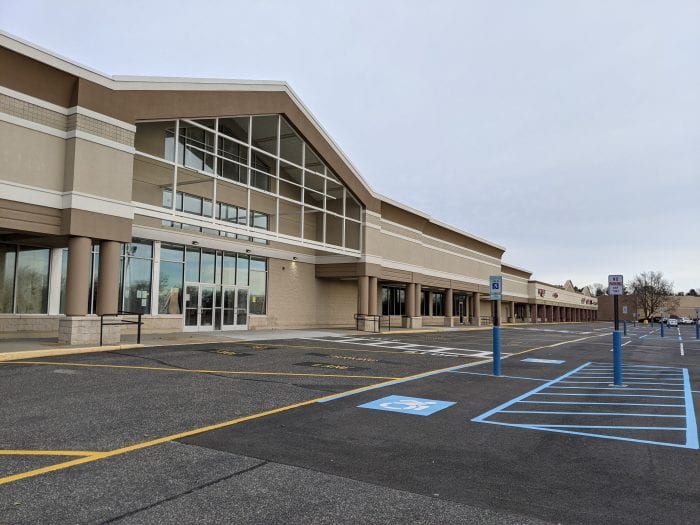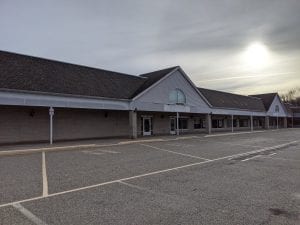The Long Island Builders Institute (LIBI), the region’s largest advocacy association for the homebuilding and remodeling industries in New York State, recently announced the induction of their new officers for 2024. According to a press release, the LIBI represents over 700 builders, remodelers, and associate members and acts to advance the interests of the industry by regularly communicating with local and state government, engaging in community outreach, and working to expand its member’s business networks.
Newly sworn in Suffolk County Executive Ed Romaine delivered opening remarks that focused on emphasizing the importance of LIBI and promising to work with the organization during his term. “Let’s cut the red tape,” County Executive Romaine said, “I want to make it a little bit easier for this industry to work in Suffolk County.”
Suffolk County Presiding Officer Kevin McCaffrey inducted the new officers at the group’s first board meeting and dinner of the year. The new executive officers for LIBI are as follows: President Martin Dettling of the Albanese Organization, Chairman Vincent Calvosa of the Calvosa Organization, Vice President Anthony Bartone of Terwilliger & Bartone Properties, Associate Vice President Robert Cartelli of Outstanding Plumbing & Heating, Treasurer Jon Weiss of B2K Development, Secretary Ken Abrami of TRITEC Real Estate, and 2nd Vice President Paolo Pironi of Pironi Homes.
“I have seen the economic engine that this industry creates for our downtowns first hand,” added Presiding Officer Kevin McCaffrey.
“Martin Dettling brings a tremendous amount of skill, success and industry knowledge to the table and myself and the rest of the LIBI members look forward to working under his leadership to advance the interests of the homebuilding and remodeling industries on Long Island and across the state,” said LIBI CEO Mike Florio.
“I am honored to serve as President of such a dynamic and influential organization,” said newly inducted LIBI President Martin Dettling of the Albanese Organization. “I am dedicated to advancing this association through growth and collaboration in order to reinforce Long Island’s homebuilding and remodeling industry.”
“I was honored to serve as President this past year, and I am excited to see what President Dettling has planned for LIBI in 2024 and support him in his endeavors” said Former President, now Chairman, of LIBI Vincent Calvosa of the Calvosa Organization.
Babylon Supervisor Rich Schaffer inducted the new officers for the Long Island Builders Institute’s charitable partner, Long Island Home Builders Care. The charity’s new officers are as follows: President Jay Ratto of J Ratto Landscaping, Vice President Alan Kennemer of Express Kitchen, Treasurer Grant Havasy of Blue & Gold Homes, and Secretary Dave Bloom of Pine Aire Truck Services.
“Without Long Island Home Builders Care, we in Babylon would not have been able to sufficiently supply enough food and school supplies to families in need,” said Babylon Supervisor Rich Schaffer.
About Long Island Builders Institute
Since 1941, Long Island Builders Institute (LIBI) has been the voice of the building industry on Long Island. They are a not-for-profit trade association representing all facets of the building industry, including over 730 members including builders, remodelers, developers, suppliers, tradespeople, and professionals. To learn more, please visit www.libi.org.







